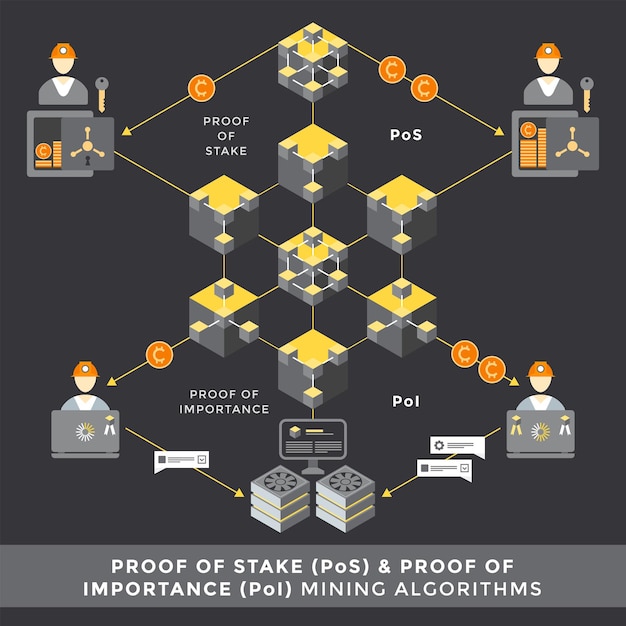A New Era Of Network Security: Leveraging The Power Of Unique Proof Of Stake
A New Era of Network Security: Leveraging the Power of Unique Proof of Stake

- Unlocking DeFi’s Full Potential: A Step-by-Step Guide To Maximizing Investment Opportunities With Aggregators
- The Rise Of Blockchain As A Cybercrime Fighter
- Welcome To The World Of DeFi: Your Step-by-Step Guide To Unlocking Its Potential
- Securing Your Crypto Deals: A Step-by-Step Guide To Using A Cryptocurrency Escrow Service
- Unlocking The Secrets Of Yield Farming In DeFi: A Journey To Maximizing Profits
When it comes to securing blockchain networks, the traditional proof of work (PoW) consensus algorithm has long been the standard. However, as technology continues to evolve, new and innovative solutions are being developed to address the limitations and vulnerabilities of PoW. One such solution is unique proof of stake (uPoS), a consensus algorithm that is revolutionizing the world of network security.
So, what exactly is unique proof of stake, and how does it differ from traditional PoW? In essence, uPoS is a consensus algorithm that selects validators based on the amount of cryptocurrency, or "stake," they hold. However, unlike traditional proof of stake (PoS) algorithms, uPoS requires validators to hold a unique set of coins, or "unique proof," to participate in the validation process.
This unique twist on traditional PoS has significant implications for network security. In a traditional PoS system, validators with large amounts of stake have more power and influence over the network, which can lead to centralization and increased vulnerability to attacks. However, in a uPoS system, the requirement for unique proof limits the concentration of power and promotes a more decentralized and robust network.
One of the primary benefits of uPoS is its ability to promote network security through diversity. By requiring validators to hold unique proof, the network is able to resist attacks and maintain its integrity, even in the face of malicious activity. This is because a diverse set of validators increases the difficulty of launching a successful attack, as an attacker would need to acquire a large amount of unique coins in order to manipulate the network.
In addition to promoting diversity, uPoS also offers several other advantages over traditional PoW and PoS algorithms. For one, it is significantly more energy-efficient, as it does not require the massive amounts of energy needed to power large-scale mining operations. This makes uPoS an attractive solution for networks looking to reduce their environmental impact.
Another advantage of uPoS is its ability to facilitate faster and more efficient transaction processing. Because validators do not need to spend massive amounts of energy competing for the right to validate transactions, uPoS networks can process transactions at a much faster rate than traditional PoW networks. This makes uPoS an attractive solution for applications that require fast and efficient transaction processing.
Finally, uPoS offers a more equitable distribution of rewards among validators. In a traditional PoW system, validators with large amounts of computational power have a significant advantage over smaller validators, which can lead to centralization and decreased diversity. However, in a uPoS system, all validators have an equal opportunity to participate and earn rewards, which promotes a more decentralized and inclusive network.
As the demand for secure and efficient blockchain networks continues to grow, unique proof of stake is likely to play an increasingly important role in the development of network security solutions. With its ability to promote diversity, reduce energy consumption, facilitate faster transaction processing, and promote a more equitable distribution of rewards, uPoS is poised to revolutionize the world of network security and usher in a new era of decentralized and robust blockchain networks.
In conclusion, unique proof of stake is a significant innovation in the world of blockchain and network security. By leveraging the power of unique proof, uPoS is able to promote a more decentralized and robust network, while also reducing energy consumption and facilitating faster transaction processing. As the demand for secure and efficient blockchain networks continues to grow, uPoS is likely to play an increasingly important role in shaping the future of network security.
